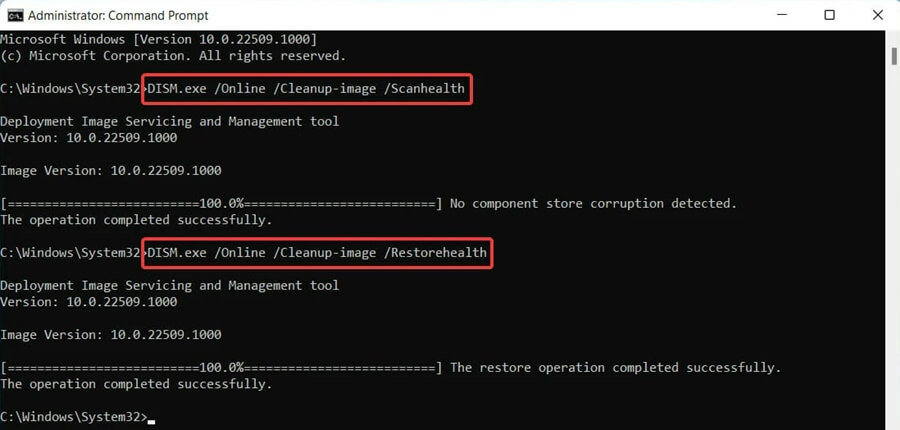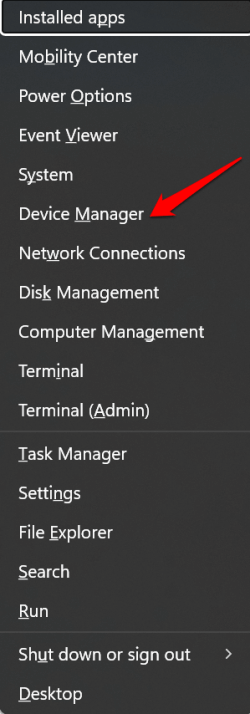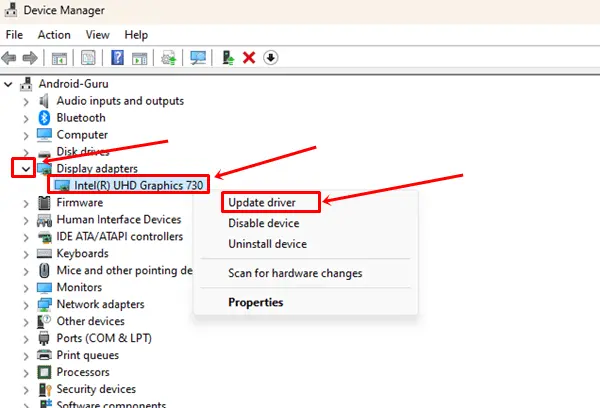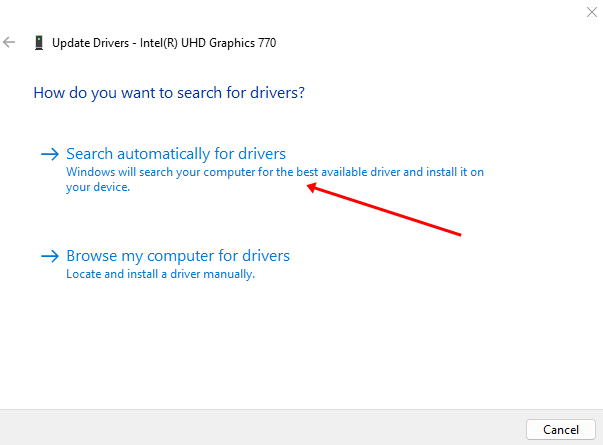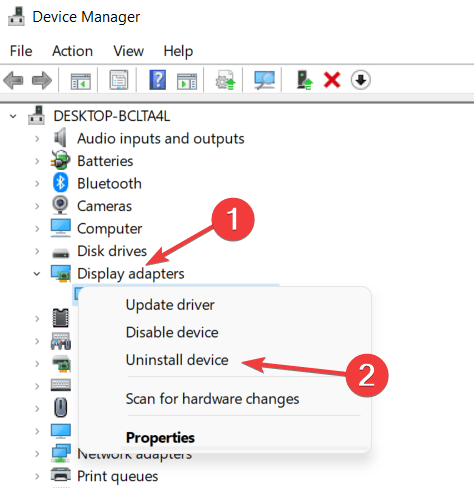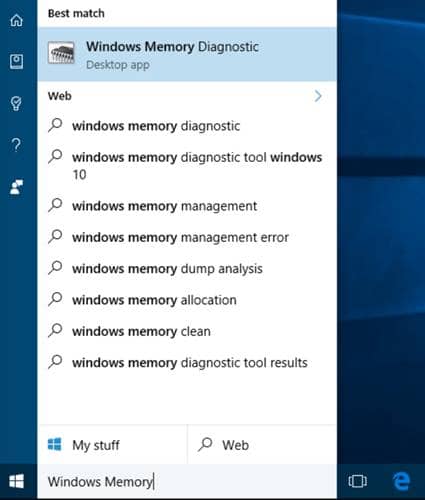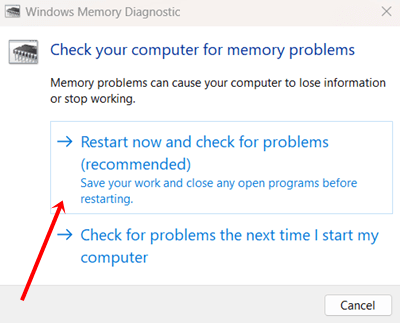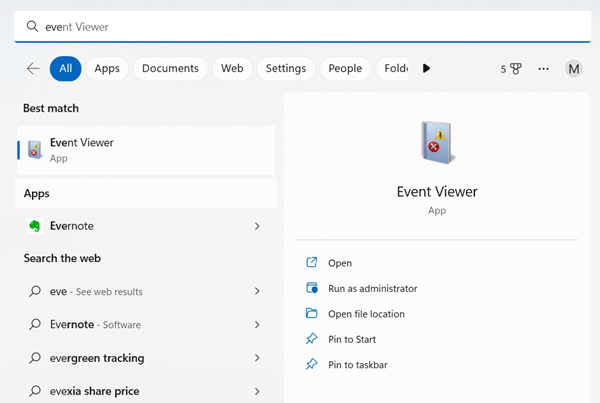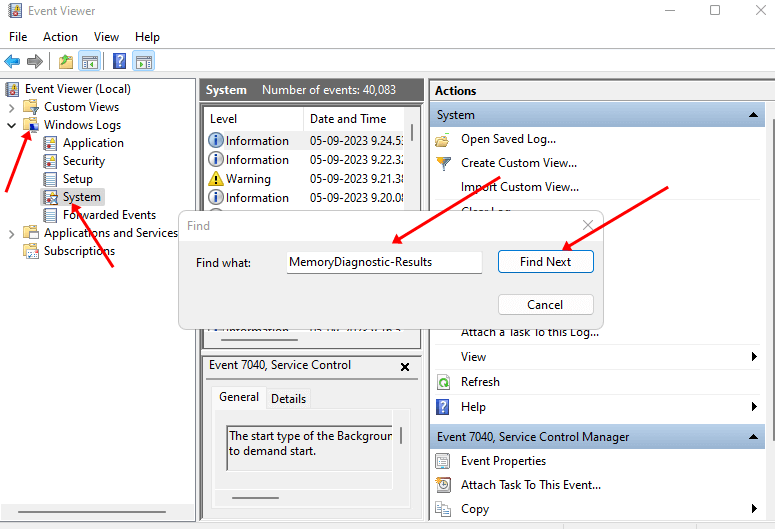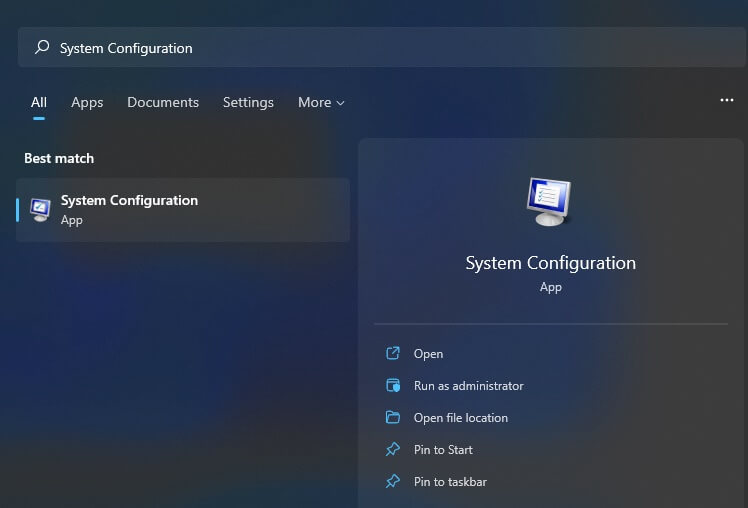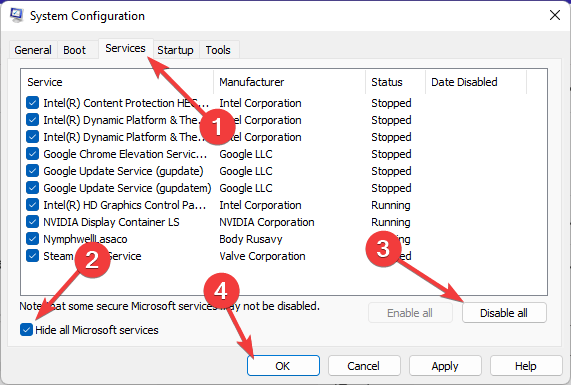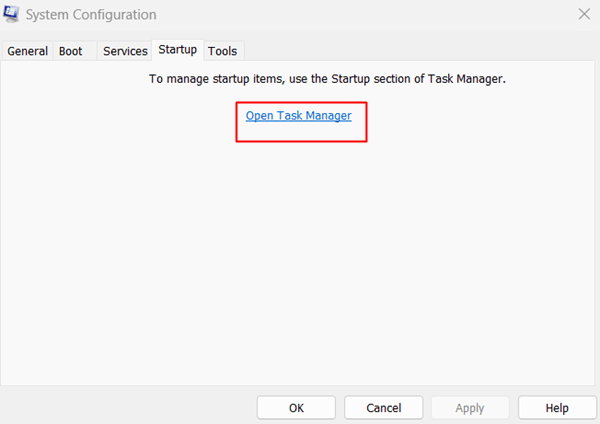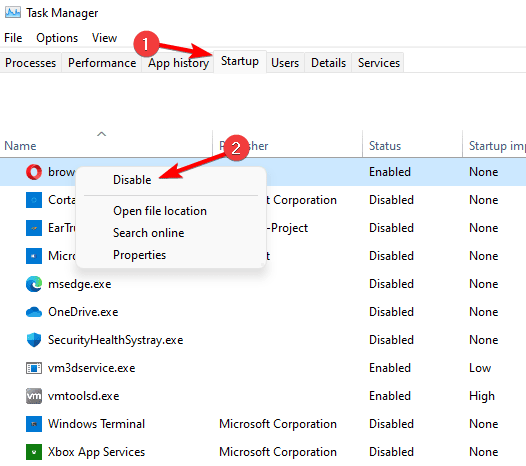One thing that always remains common in Windows is the BSOD or Blue Screen of Death error, and the fact that you are currently reading this article is that you are troubled by BSOD error. These errors are common to Windows and generally come with an error code that indicates what’s causing the issue.
One such frequently encountered BSOD error is Kernel Mode Heap Corruption. This error indicates corrupted system files, memory leaks, conflicting software, issues with graphics drivers, or hardware incompatibility.
Kernel Mode Heap Corruption BSOD error can disrupt your workflow by frequently restarting your PC. Facing this issue constantly can cause permanent damage to the PC, so it is best to fix it before you face it the next time. Let’s go through everything you can do to fix this issue.
Fix Kernel Mode Heap Corruption BSOD Error
Here are all the troubleshooting steps that you can follow to fix the Kernel Mode Heap Corruption BSoD error on Windows 11/10 PC-
1. Run SFC Scan
Windows comes with pre-installed repair tools to solve issues you face with your PC. One such tool is the System File Checker or SFC.
This is a command-line tool you can run to scan and fix corrupted system files. If the reason behind this BSOD error is the corrupted system files, then running the SFC scan should fix it.
- Open the Run box with the Win + R keyboard shortcut.
- Type cmd in the given space and press Ctrl + Shift + Enter to launch Command Prompt as administrator.
- Now, run the command given below-
- sfc /scannow
- sfc /scannow
- Wait for the process to complete.
- Close the Command Prompt and restart your PC for the changes to take effect.
2. Run DISM Scan
You can use a DISM scan if SFC fails to do its job. This is another command line tool that repairs the Windows image file. You can run the DISM scan by following the steps given below-
- Run the Command Prompt as administrator.
- Here, you will have to execute the following commands one after another-
- DISM /Online /Cleanup-Image /CheckHealth
- DISM /Online /Cleanup-Image /ScanHealth
- DISM /Online /Cleanup-Image /RestoreHealth
- After you have executed the above command, a reboot will be required.
3. Update Graphics Driver
You may also face this issue due to an outdated graphics driver. Check for the latest graphics driver updates and install them on your device. This is how you can do it-
- Press the Windows + X keys together on your keyboard and then click on Device Manager.
- Double-click on Display Adaptors in the Device Manager.
- Now, right-click on your graphics driver, and then click on Update Driver.
- Click Search Automatically for Drivers to scan for driver updates and install them.
4. Reinstall Graphics Driver
If the graphics driver files are corrupted, then that can also cause the Kernel Mode Heap Corruption BSOD error. Reinstall the graphics driver and then check whether that solves the issue. You can do it with the help of the steps mentioned below-
- Launch Device Manager from the Start Menu.
- Expand the Display Adaptors tab here.
- Right-click on the graphics driver from the list and click Uninstall Device.
- Click on Uninstall to confirm removing the driver from your device.
- After this, restart your PC. Your graphics driver will be automatically reinstalled on your device when you do so.
5. Run Windows Memory Diagnostic
Kernel Mode Heap Corruption BSOD error can also occur due to issues with the RAM. You can use Windows Memory Diagnostic to check for issues with the RAM. Below are the steps to help you with it-
- Open the Start Menu, type Windows Memory Diagnostic, and open it.
- Next, click on Restart Now and Check for Problems.
- This will restart your PC and check for issues with the RAM.
- Your PC will restart, and the tool might take some time to do its job.
- After your PC boots up and the scan is complete, press the Windows + X keys and click on Event Viewer.
- Navigate to the following path from the left pane of the Event Viewer-
- Event Viewer (Local) > Windows Logs > System
- On the right side, click on Find and search for MemoryDiagnostic-Results.
- This will show you the result from the recent Windows Memory Diagnostic scan.
6. Clean Boot PC
This issue can also be encountered due to third-party software and services conflicting with the PC. You can clean and boot your PC to run your system without third-party services running in the background. Given below are the steps to clean the boot PC-
- Press the Windows key and then type msconfig in the Start Menu. Press Enter to open the System Configuration.
- Head to the Services tab here.
- Check the Hide all Microsoft Services checkbox and click the Disable All button.
- Click on the Startup tab, and then click Open Task Manager.
- You will see all the startup apps here.
- Right-click on a startup app and then click on Disable. You will now have to disable all the startup apps similarly.
- After this, restart your PC; it will start without third-party services and software.
Once you have done this, you will have to use your PC normally and see if you still encounter the issue.
If you no longer face the issue, it was caused by some app you have installed (probably the recently installed apps). Uninstall the software one by one from your PC to check which one is causing the issue.
If you still face the issue even when you clean boot your PC, move to the next step in this article.
7. Get Help from Technician
Faulty hardware is another reason for facing Kernel Mode Heap Corruption BSOD error. If you have followed all the steps mentioned above carefully and couldn’t solve the issue, that can be a sign of faulty hardware.
You can ask a technician to diagnose your PC for hardware faults and fix the issue. If the hardware is damaged, it will be replaced, and you might have to bear the cost if the part isn’t in the warranty or has been damaged due to your negligence. The technician will guide you with what can be done and help fix the issue.
Bottom Line
That’s it for this one; we hope this article answers all your queries about the Kernel Mode Heap Corruption BSOD error and how you can fix it. It is frustrating and frightening to face such issues, but nothing to be worried about; all you have to do is follow the above steps, and your issue will be solved in no time.



